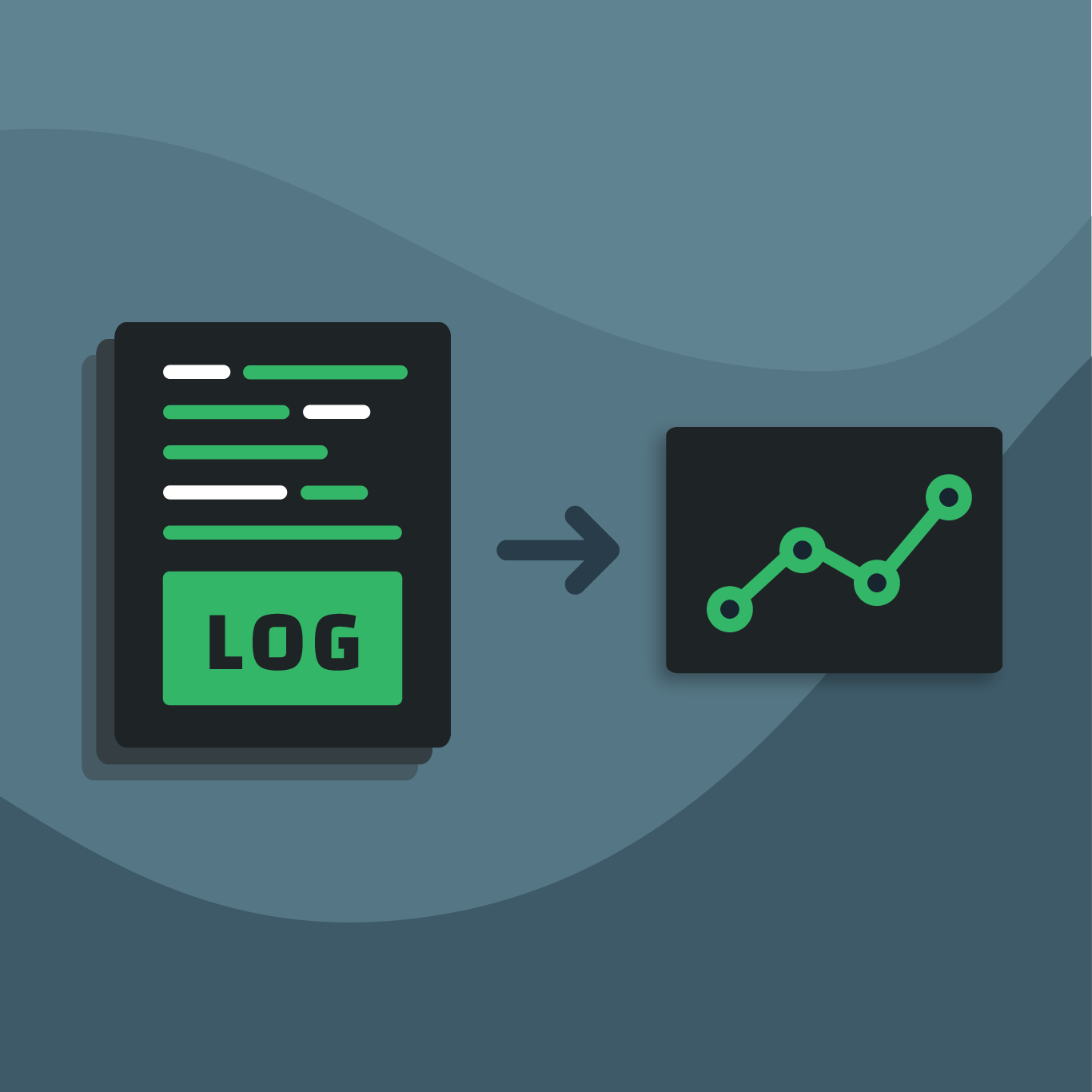As the number and types of monitoring vendors have risen over the past several years, so have the pricing models. With the rise of cloud based ephemeral systems, often running alongside statically provisioned infrastructure, understanding the monitoring needs of one’s systems can be a challenging task for the most seasoned engineering and operations practitioners. In this post, we’ll take a look at a few of the current trends in the industry and why metrics-based pricing is the future of commercial monitoring purchasing.

For the first decade of the 21st century, rack mounted servers dominated the footprint of web infrastructure. Operators used number of hosts as the primary guide for infrastructure provisioning and capacity planning. Popular open source monitoring systems of the era, such as Nagios and Zabbix, reflected this paradigm; the UI was oriented around host based management. Commercial based monitoring systems of the time followed this pattern; pricing was a combination of number of hosts and resources, such as CPUs. Figuring out how much a commercial solution would cost was a relatively straightforward calculation; take the number of hosts/resources, and multiply it by the cost of each.
Post 2010, two major disruptions to this host based pricing model surfaced in the industry. The first was Amazon’s Elastic Compute Cloud (EC2), which had been growing in usage since 2006. Ephemeral-based cloud systems, such as AWS, GCP, and Azure, are now the preferred infrastructure choice. Services utilize individual hosts (or containers), so what may have been appropriate for deployment to one host 10 years ago is now a composition of dozens or hundreds. In these situations, host based pricing makes cost forecasting for infrastructure monitoring solutions much more complicated. One only need to be familiar with AWS auto-scaling or K8s cluster redeployment to shudder at the implications for host based monitoring system costs.
The second major disruption post 2010 was Etsy’s statsd, which introduced easy to implement application-based metrics, and in large part gave rise to the rapid ascent of monitoring culture over the last several years. Now one can instrument an application and collect thousands (if not millions) of telemetry sources from a distributed application and monitor its health in real time. The implication this has for statically-based infrastructure is that now a single host can source orders of magnitude more metrics than just host-based system metrics. Host-based vendors have responded to this by including only a small number of metrics per host; this represents an additional revenue opportunity for them, and an additional cost-based headache for operators.
As a result of these disruptions, metrics-based pricing has emerged as a solution which gives systems operators, engineers, and cost- and capacity-conscious executives a way to address the current monitoring needs of their applications. The question is no longer “how many hosts do we have,” but “how many things (metrics) do we need to monitor.” As the answer to the “how many” metrics question is also ephemeral, it is important that modern monitoring solutions also answer this question in terms of how many concurrent metrics are being collected. This is an infrastructure invariant approach that scales from bare metal to containers to serverless applications.
Storage is cheap; concurrency is not. Does your monitoring solution let you analyze your legacy metrics without charging you to keep them stored, or do you pay an ever increasing cost for all of the metrics you’ve ever collected?
At Circonus, we believe that an active-only metrics-based pricing model is the fairest way to deliver value to our customers, while giving them the power to scale up or down as needed over time. You can archive metrics while still retaining the ability to perform historical analyses with them. Our pricing model gives you the flexibility to follow your application’s monitoring needs, so that you can adapt to the ever-changing trends in application infrastructure.
As the world turns, so does our understanding and expectations from systems. At the end of the day, pricing models need to make sense for buyers, and not all buyers are at the same point on the technology adoption curve. Generally, active-only metrics pricing is the humane approach, but our model is user-friendly and adaptable, Don’t be surprised if we introduce some more options because we accommodate customers that just can’t make this model fit the way they run technical infrastructure.
–Fred Moyer is a Developer Evangelist at Circonus
Twitter: @phredmoyer



